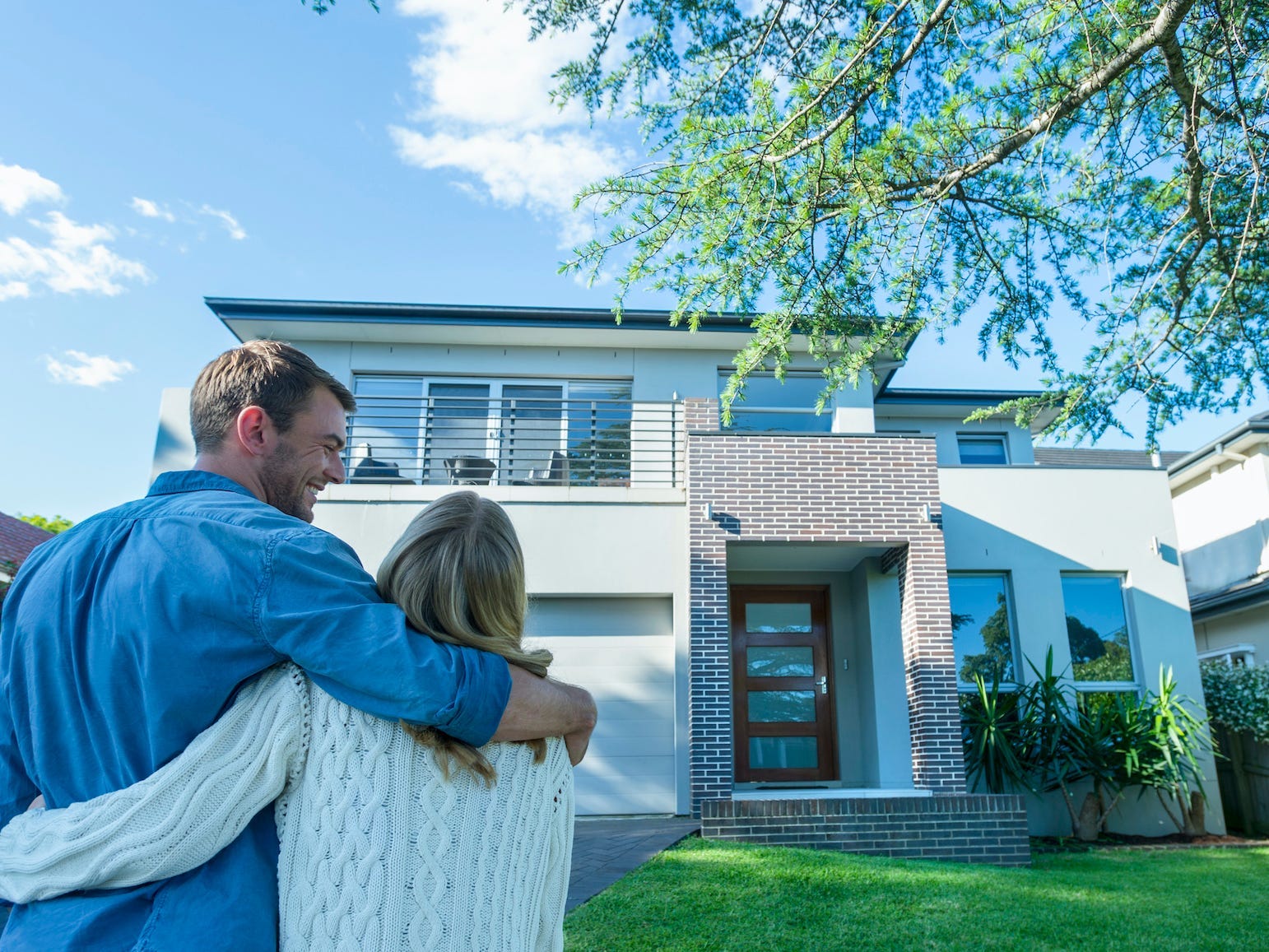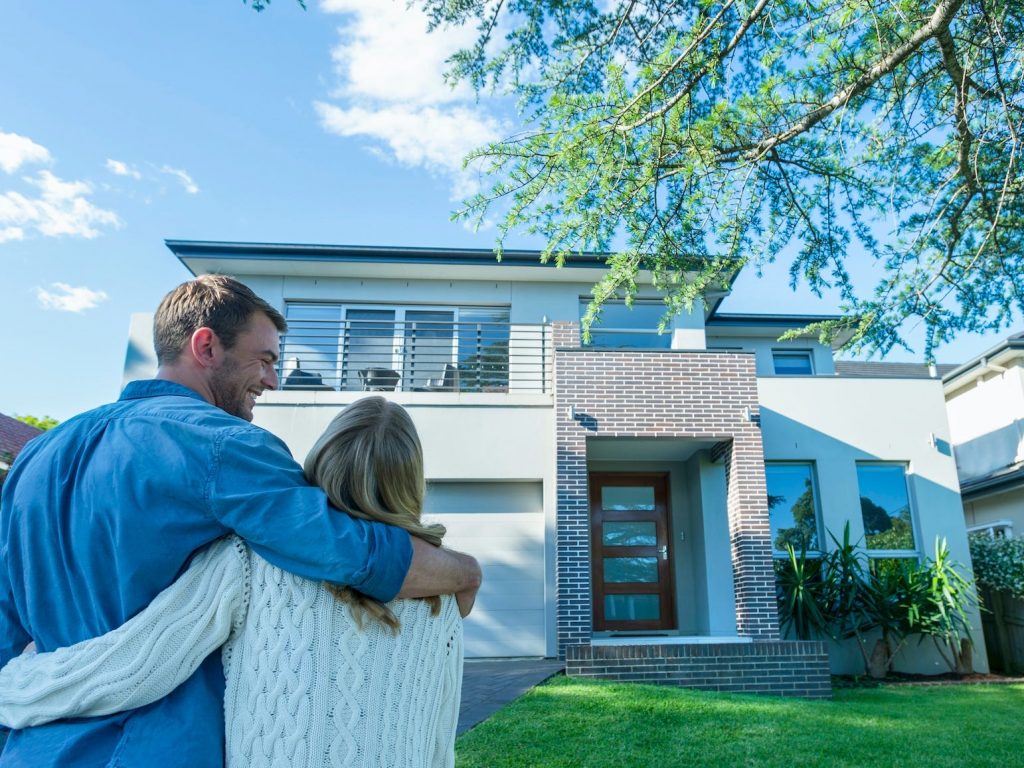
- Millennials make up the lion's share of homebuyers, but there aren't enough starter homes for them.
- Data from Freddie Mac shows the number of entry-level homes has dwindled over time.
- Part of the problem is that American houses keep getting bigger, and on smaller lots.
- See more stories on Insider's business page.
If you're a millennial or a first-time buyer excited to purchase a starter home, you'll probably have trouble finding one. Not only are starter homes at a 50-year low, but the size of the typical American house getting built is bigger than prior decades, which suggests starter homes aren't just low because of supply and demand. Not enough are being built.
The US has been underbuilding for years and not keeping up with buyer demand, but less of the small starter home is being built as well.
"Due to supply-side challenges, including higher regulatory costs and limited lot availability, it has been relatively more difficult to build entry-level homes over the last decade," Robert Dietz, chief economist for the National Association of Home Builders, told Insider in an email. "In fact, due to these factors, new home size increased between 2010 and 2014. For entry-level buyers, these factors have made homebuying more difficult by limiting available inventory."
According to Freddie Mac data as reported on by the Wall Street Journal, there are fewer entry-level homes – homes of 1,400 square feet or less – than in decades. In fact, they have declined each decade to their current five-decade low. Per Freddie Mac's analysis of Census data, the average number of entry-level homes built per year has declined from 418,000 in the late 1970s to 55,000 in the 2010s.
This could be bad news for millennials, as Freddie Mac notes in a May 2021 report that the generation is "at their peak first-time homebuying age."
"We've got a record number of entry-level, demand buyers: the millennials coming into the market," Sam Khater, Freddie Mac's chief economist, told the Wall Street Journal. "And yet we've had a seven- or eight-year decline in entry-level homes, and that's not going to change."
Looking across two decades' worth of data, supply for single-family starter homes has gone down. The following chart shows starter homes built as a percentage of total single-family homes completed.
Insider's Taylor Borden reported that entry-level homes are great for millenials looking for something affordable, as this generation holds less wealth than their parents did at their age, but there aren't a lot to go around these days.
At the same time, the floor area of homes being built has climbed from previous decades, although it's gone down in recent years. The median floor area of a single-family home completed in 2020 was 2,261 square feet, per Census data.
As seen in the above chart, single-family homes have increased in size from previous years but dipped since 2015. Rose Quint, NAHB's assistant vice president for survey research, previously told Insider this is because homes "reflected the preferences of those buyers that were still in the game."
Based on Census' housing characteristic data, 32% of the 912,000 single-family homes built in 2020 were 1,800 to 2,399 square feet, while entry-level homes made up only 7%, or 64,000, of single-family homes completed.
While the square footage of homes has climbed, lots have become smaller. A post by StorageCafé based on housing data from the Census said the typical American house is 4% bigger than 10 years ago, but the typical lot size is about 18% smaller. Lot sizes do vary, though, with Indianapolis having the largest lot size among the 20 largest US cities, per StorageCafé.
"The high demand for new housing in urban hotspots, low availability of land in those areas, growing construction costs, and Americans' preference toward larger homes all converge, resulting in large new single family homes that make the most of their land plots," Maria Gatea, STORAGECafé senior editor, told Insider in an email, noting median home sizes in these 20 cities have increased. "This means that first-time homebuyers have to compromise for space and move further away from downtowns."

